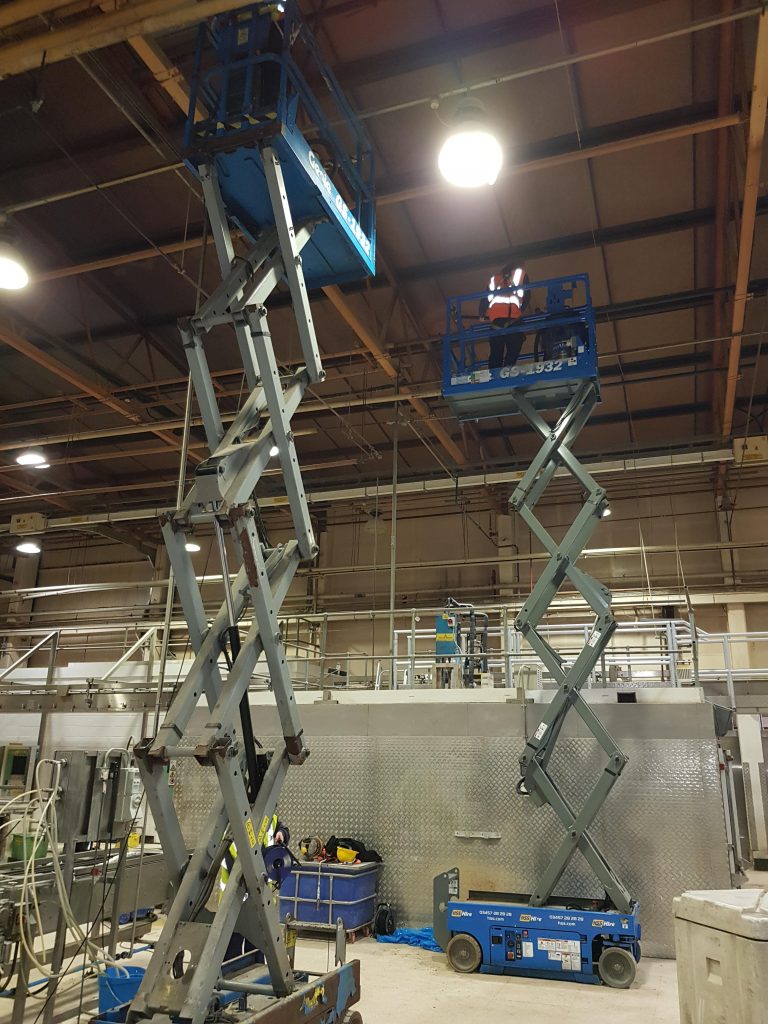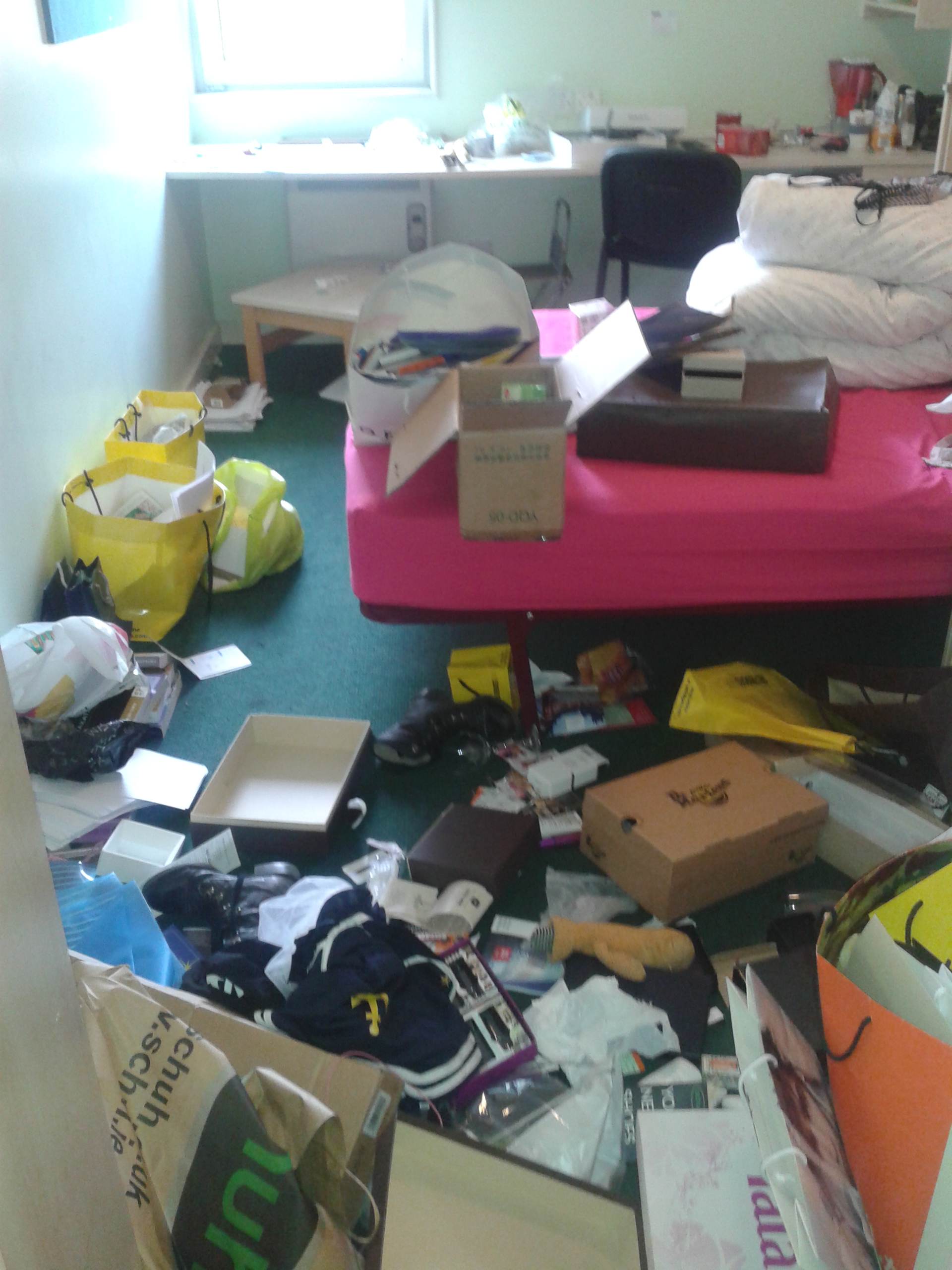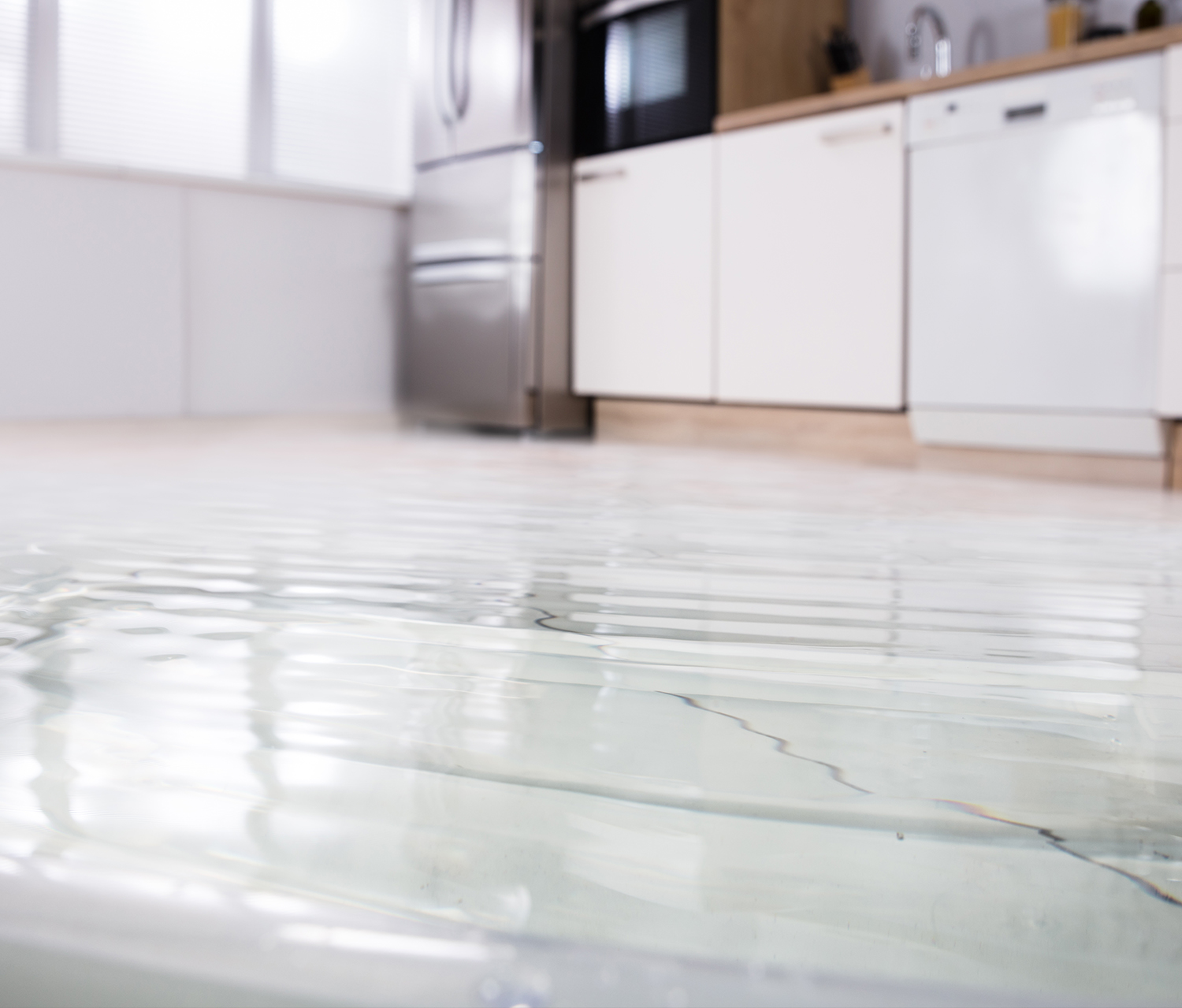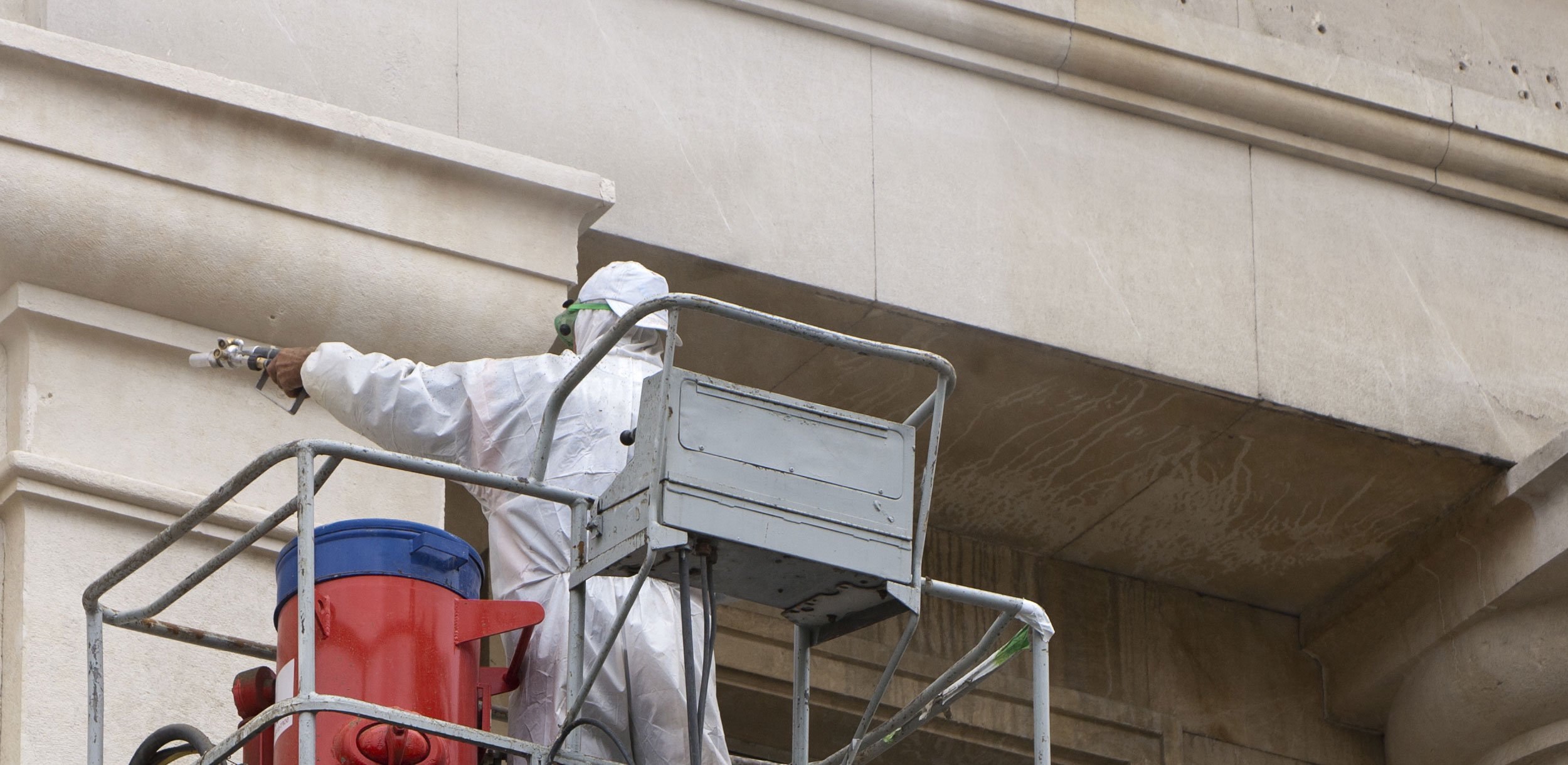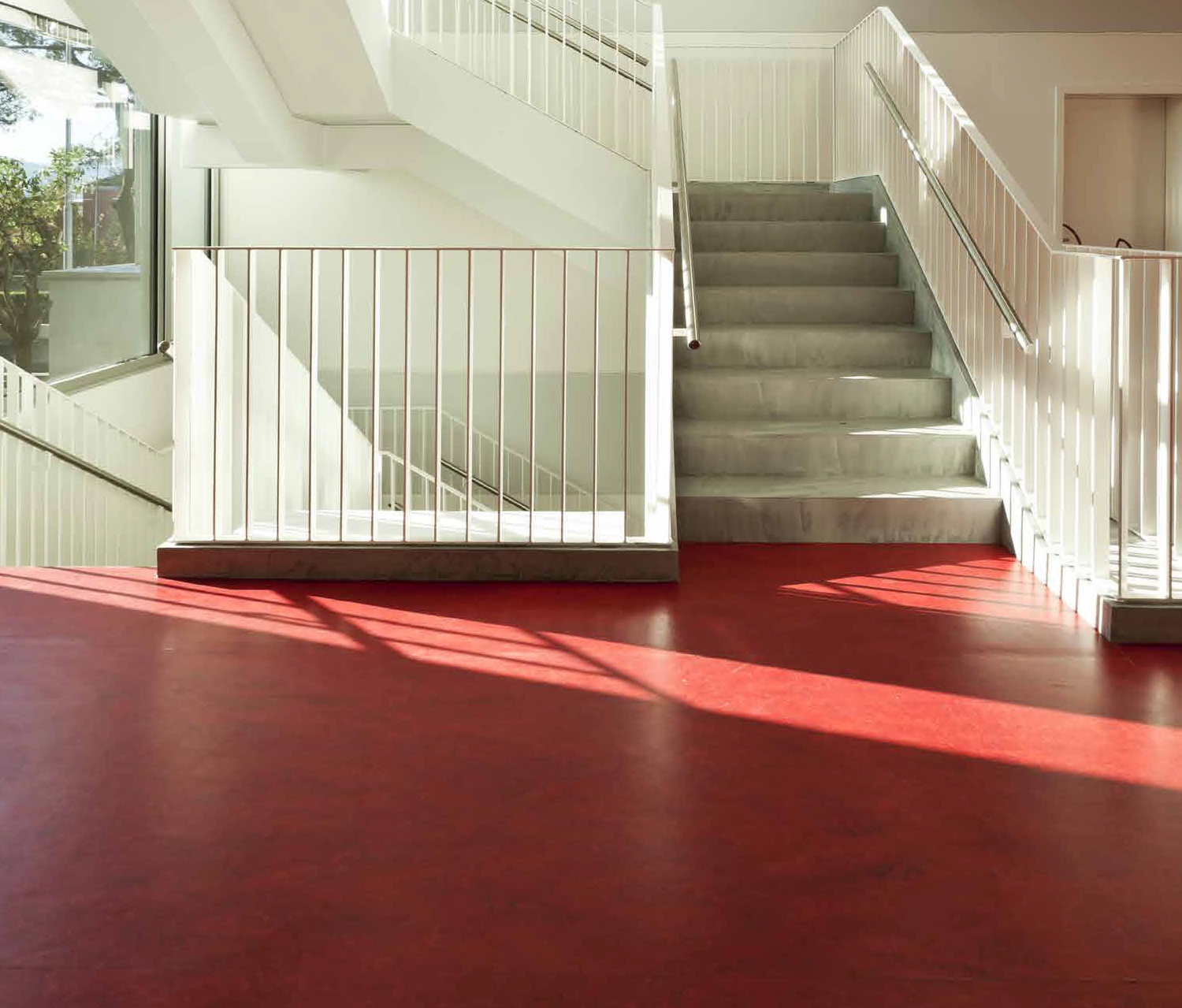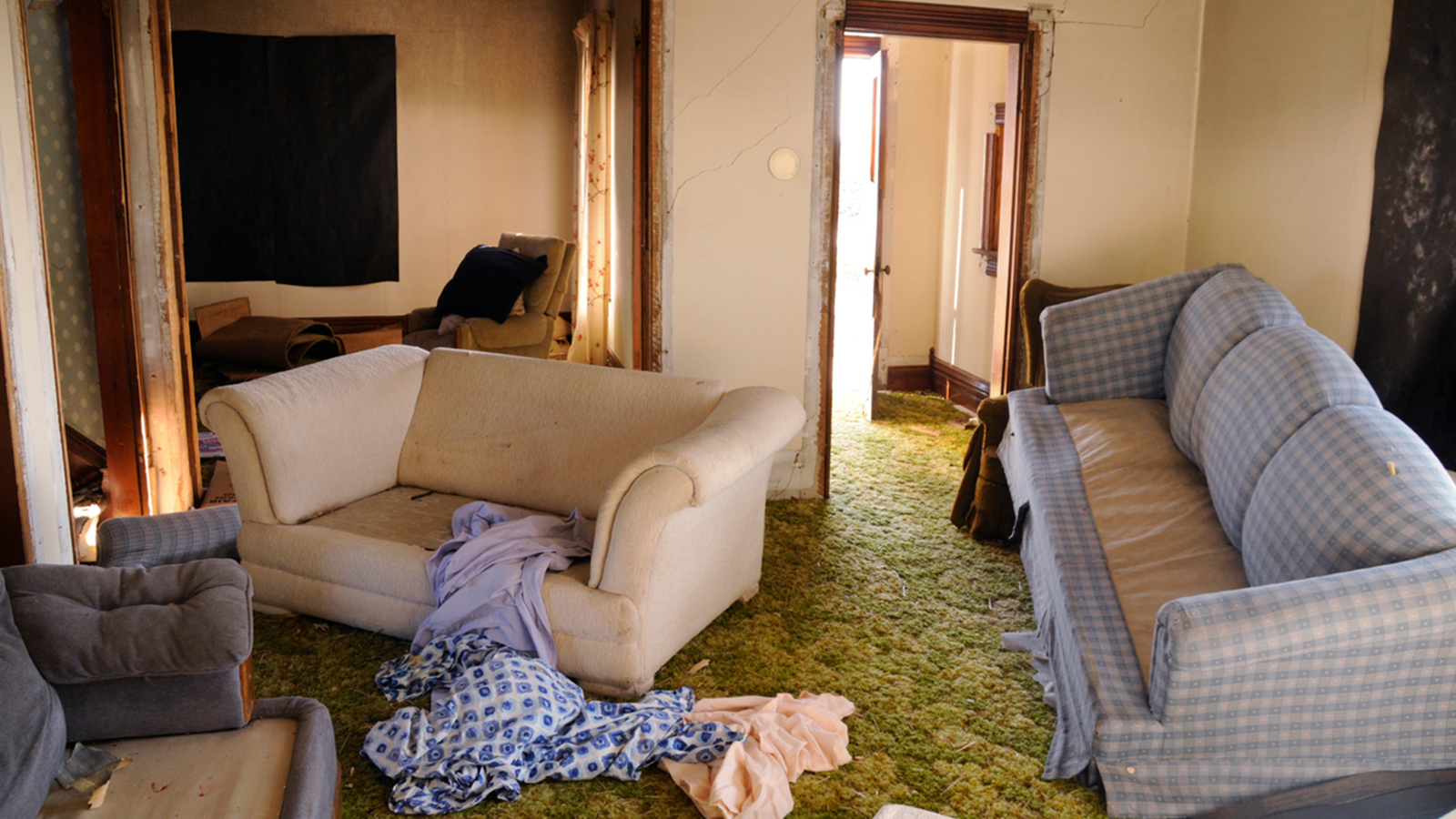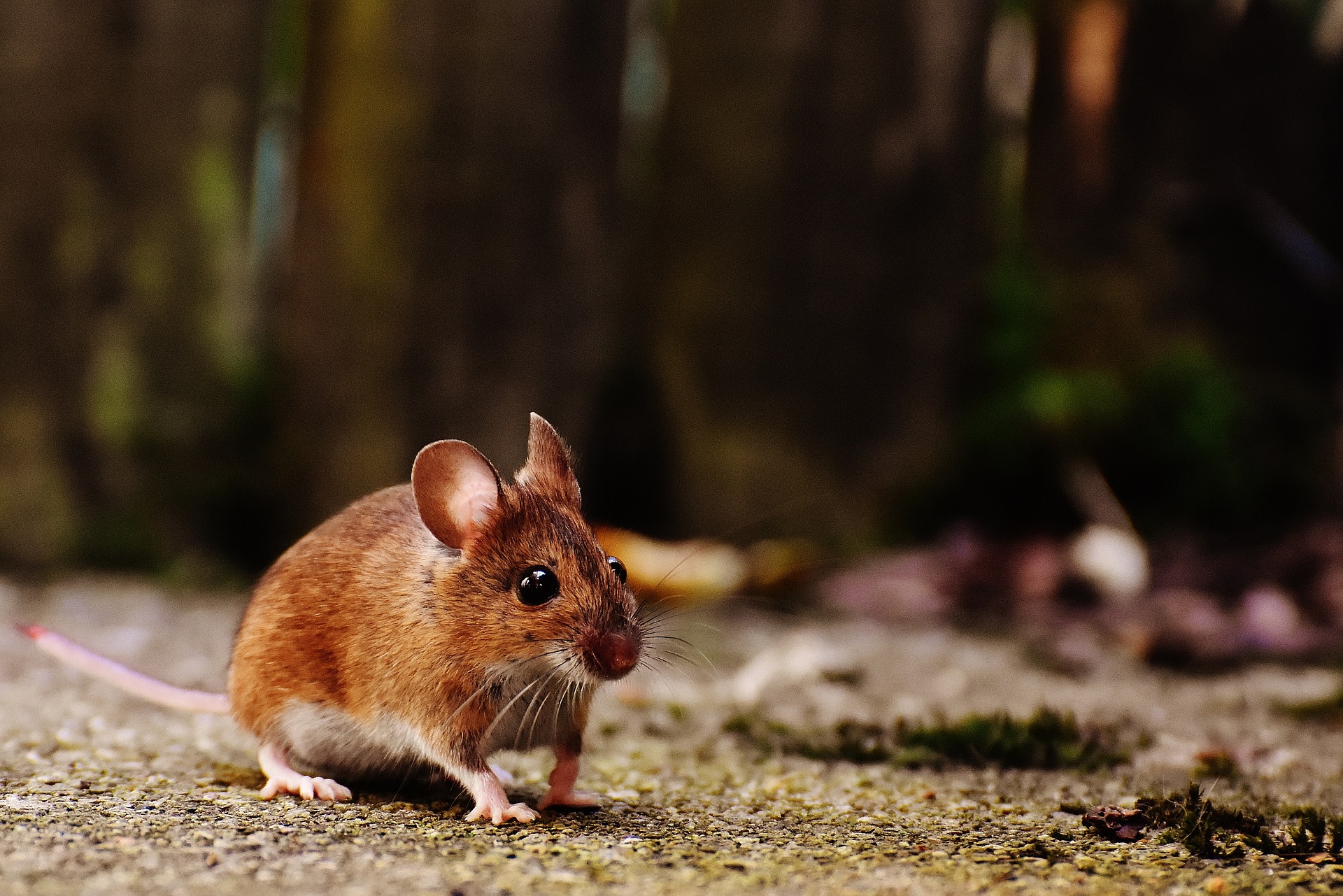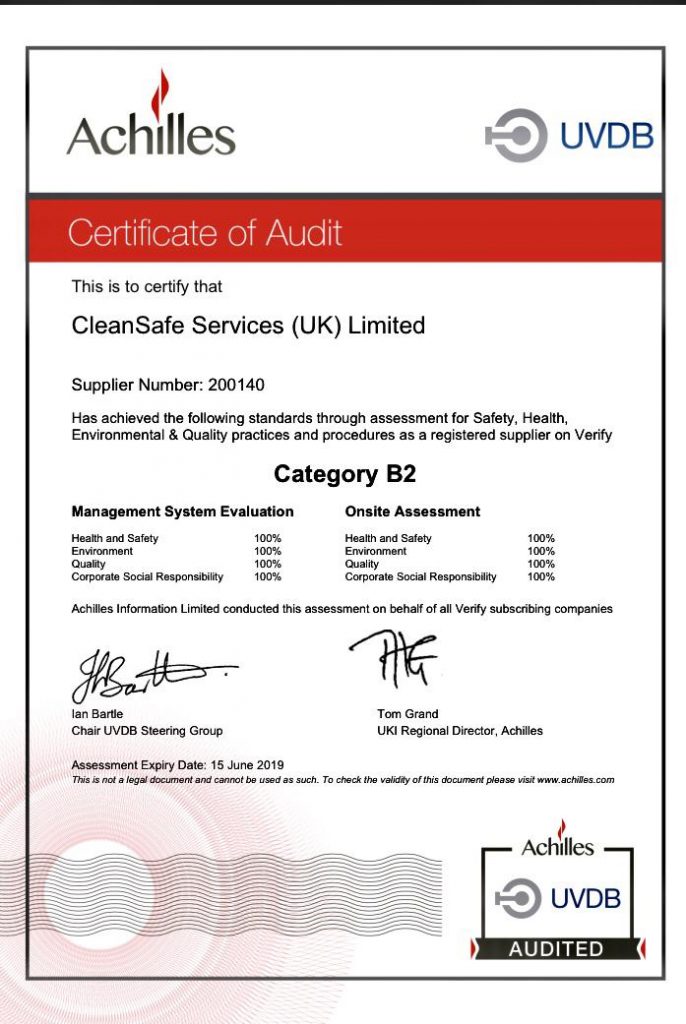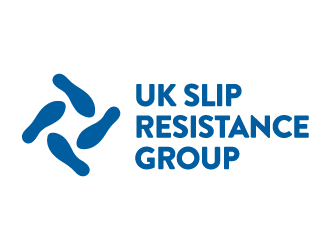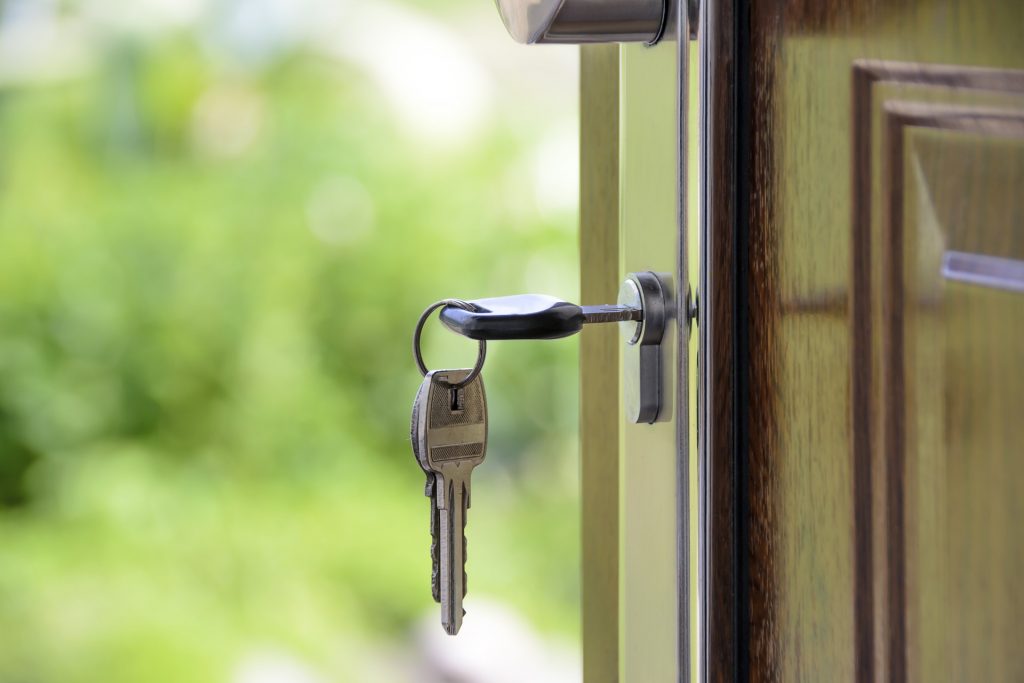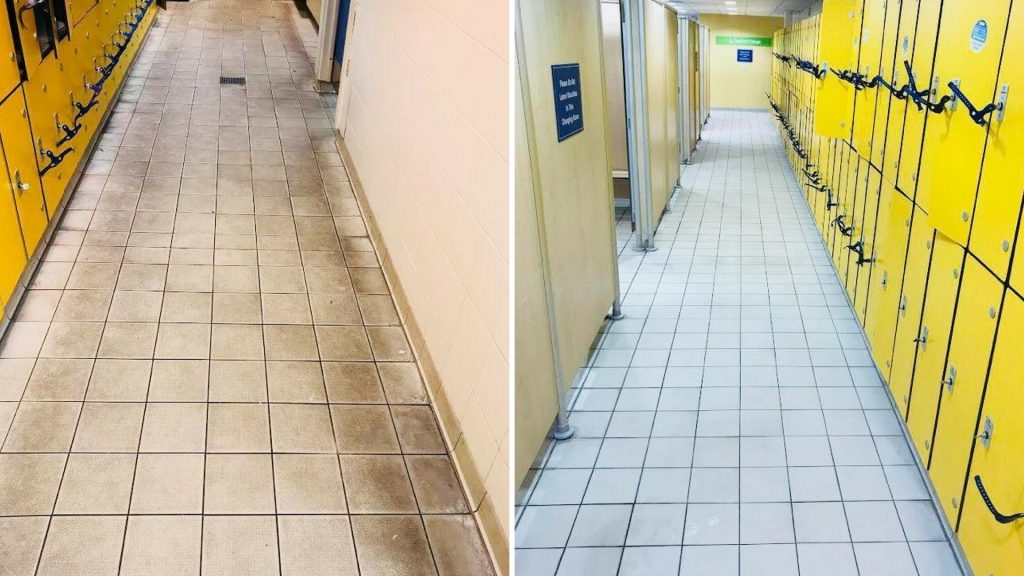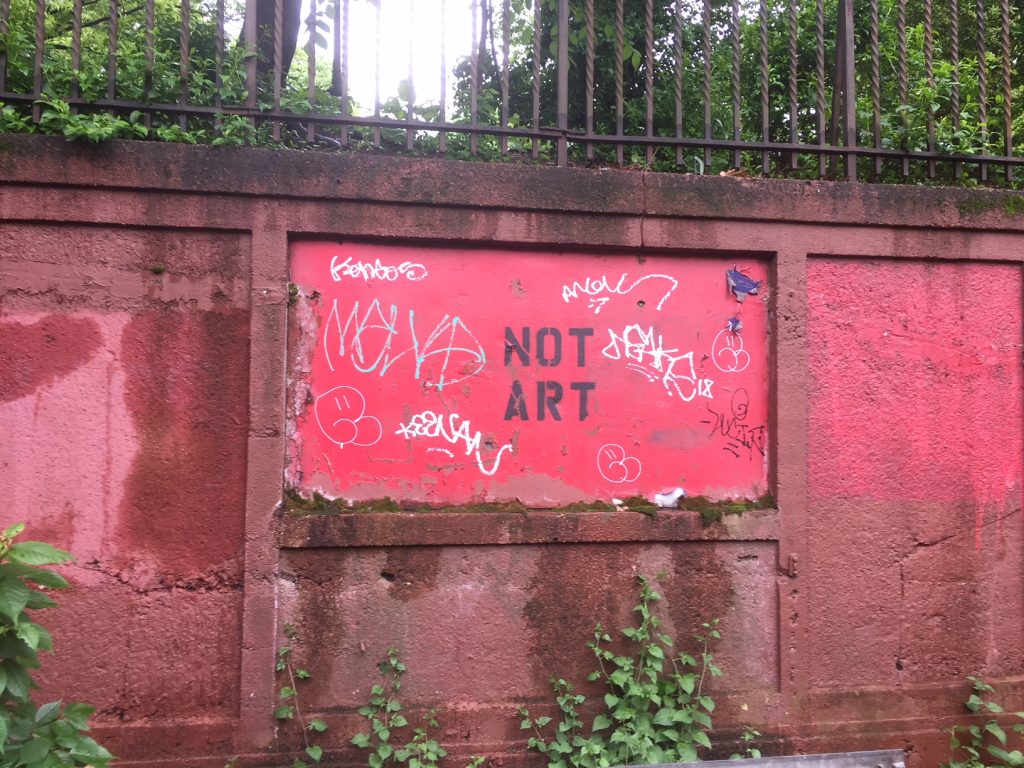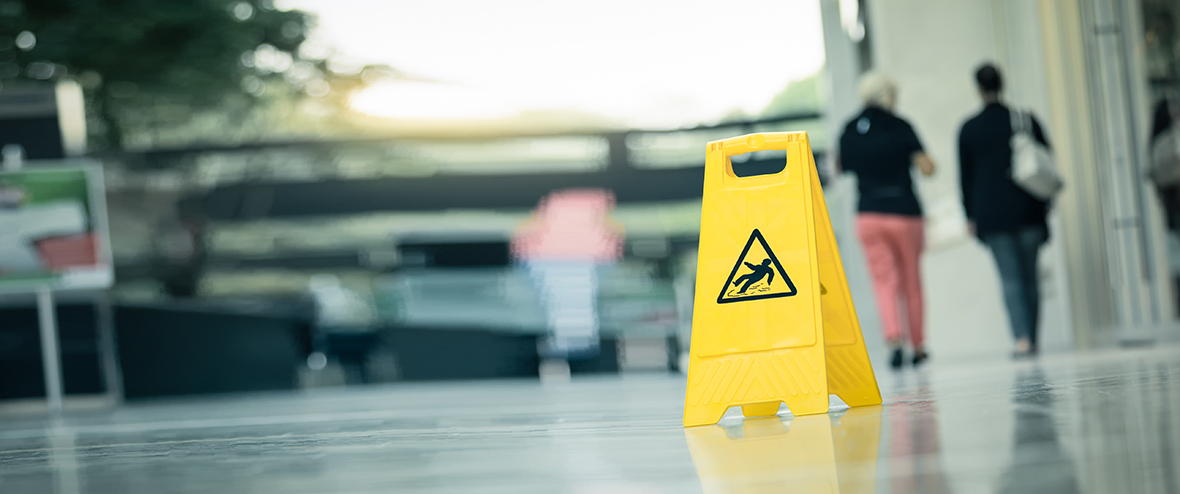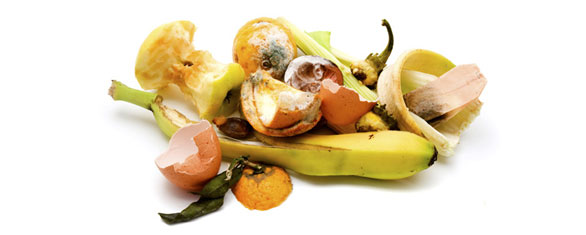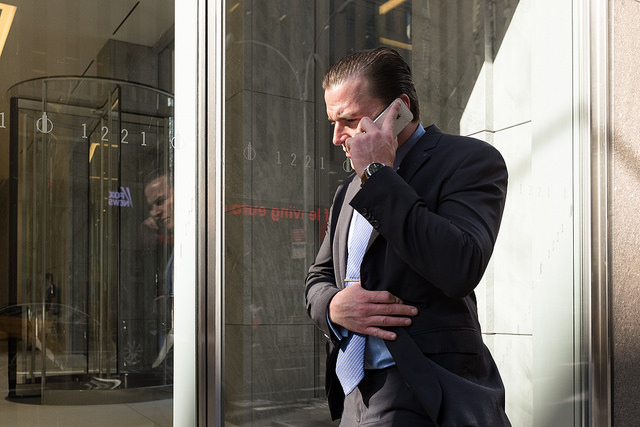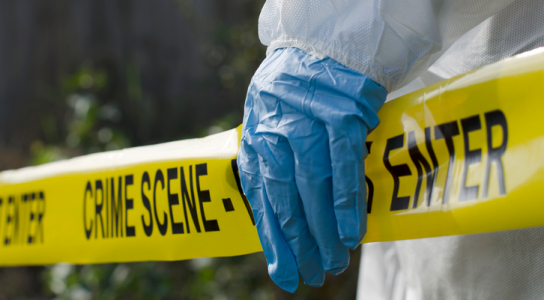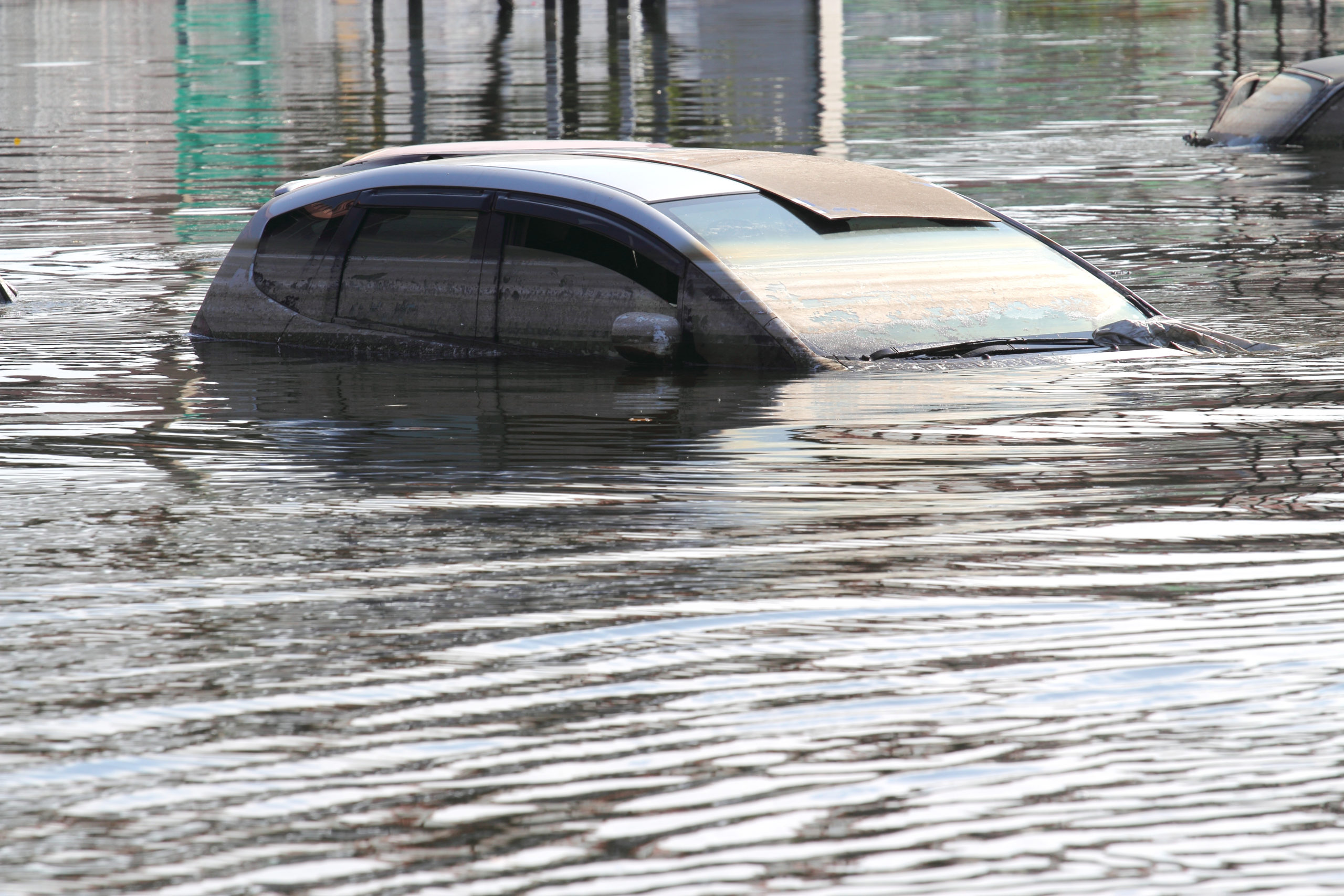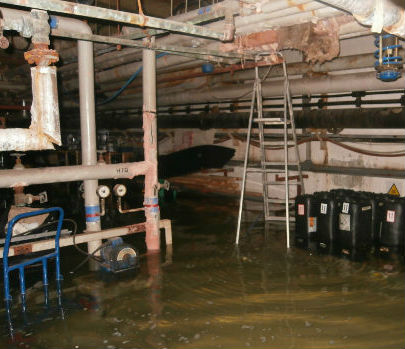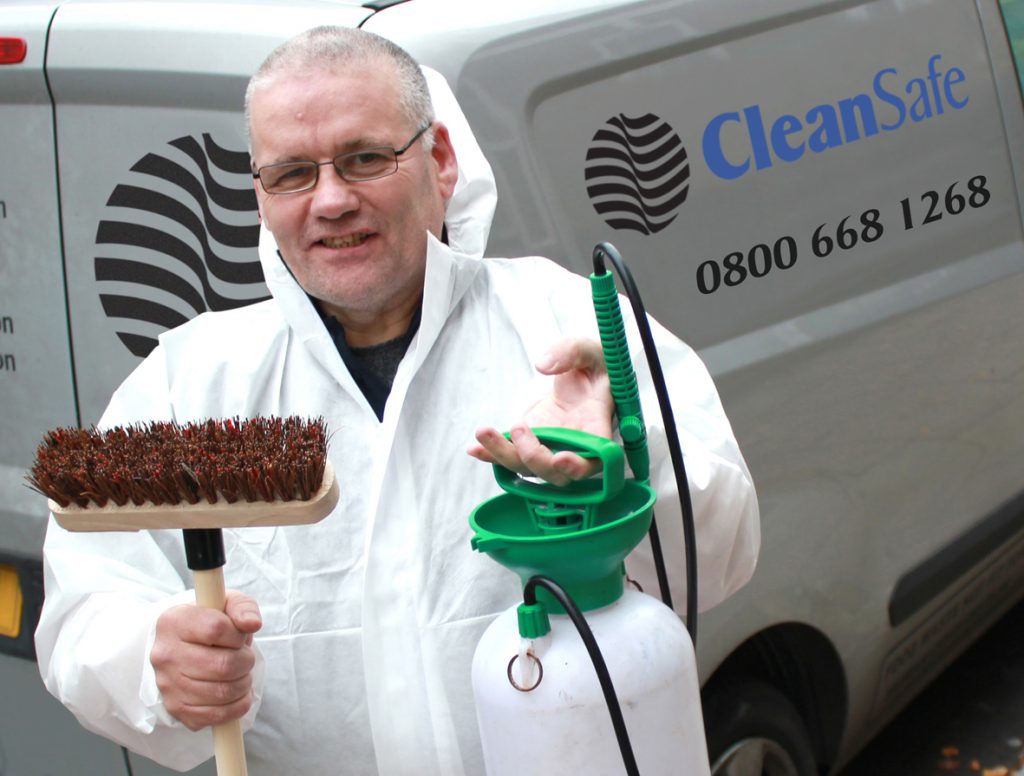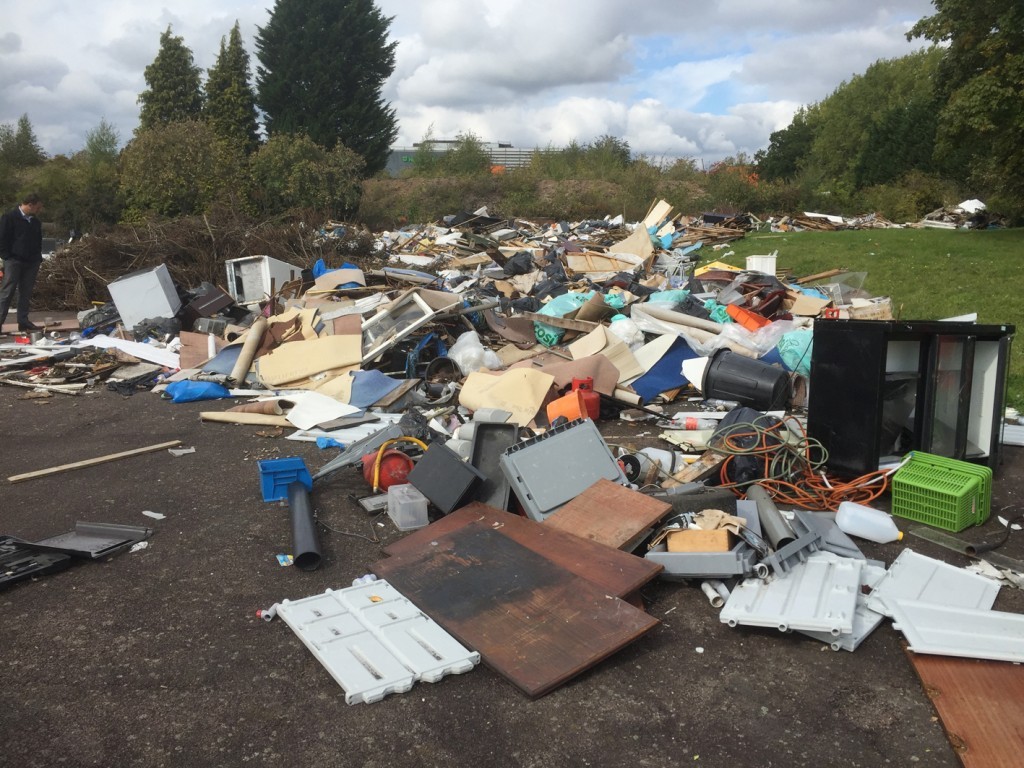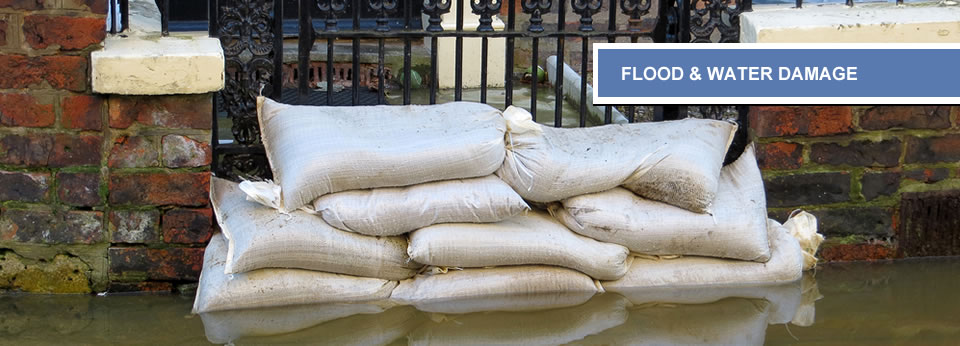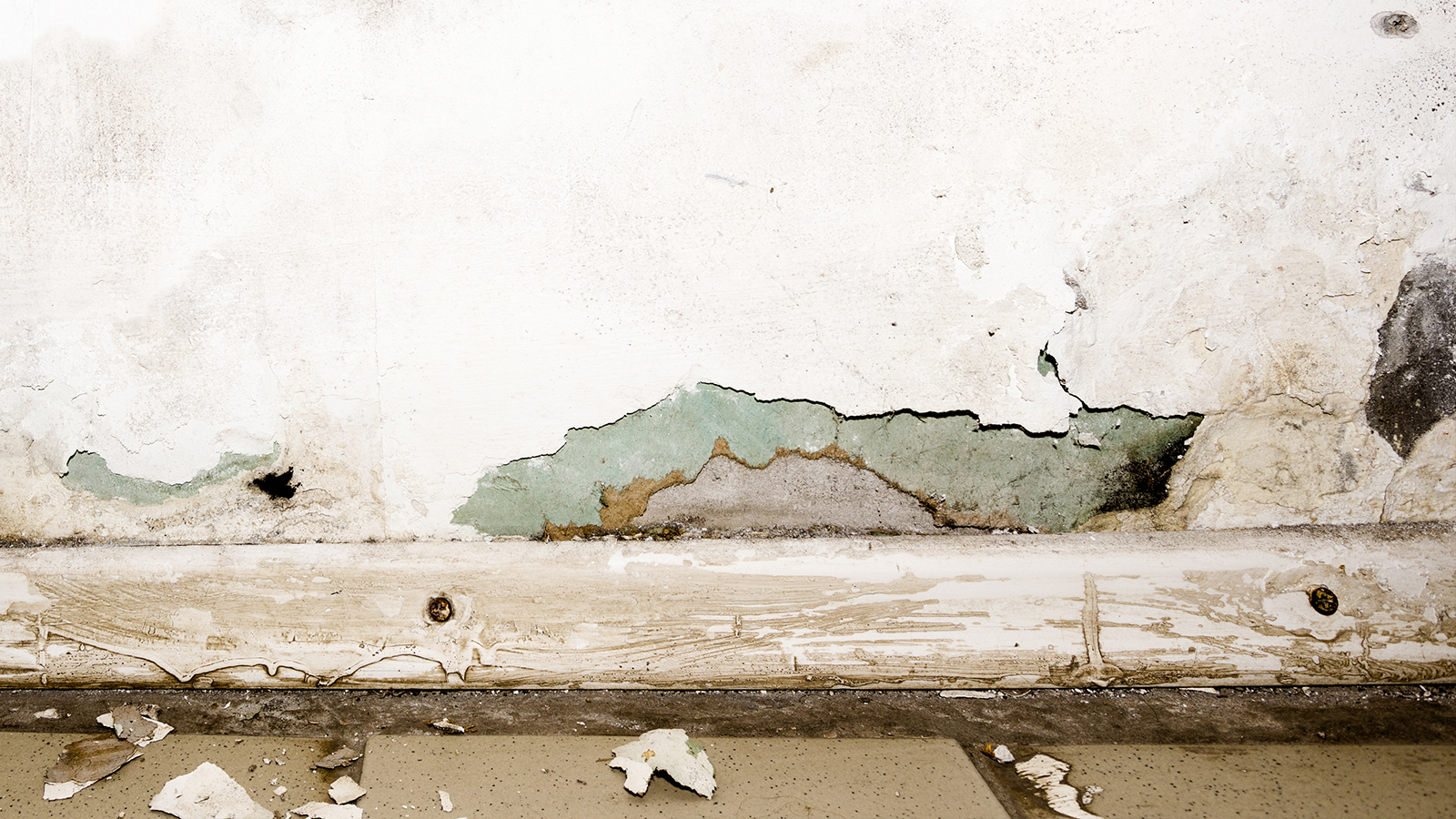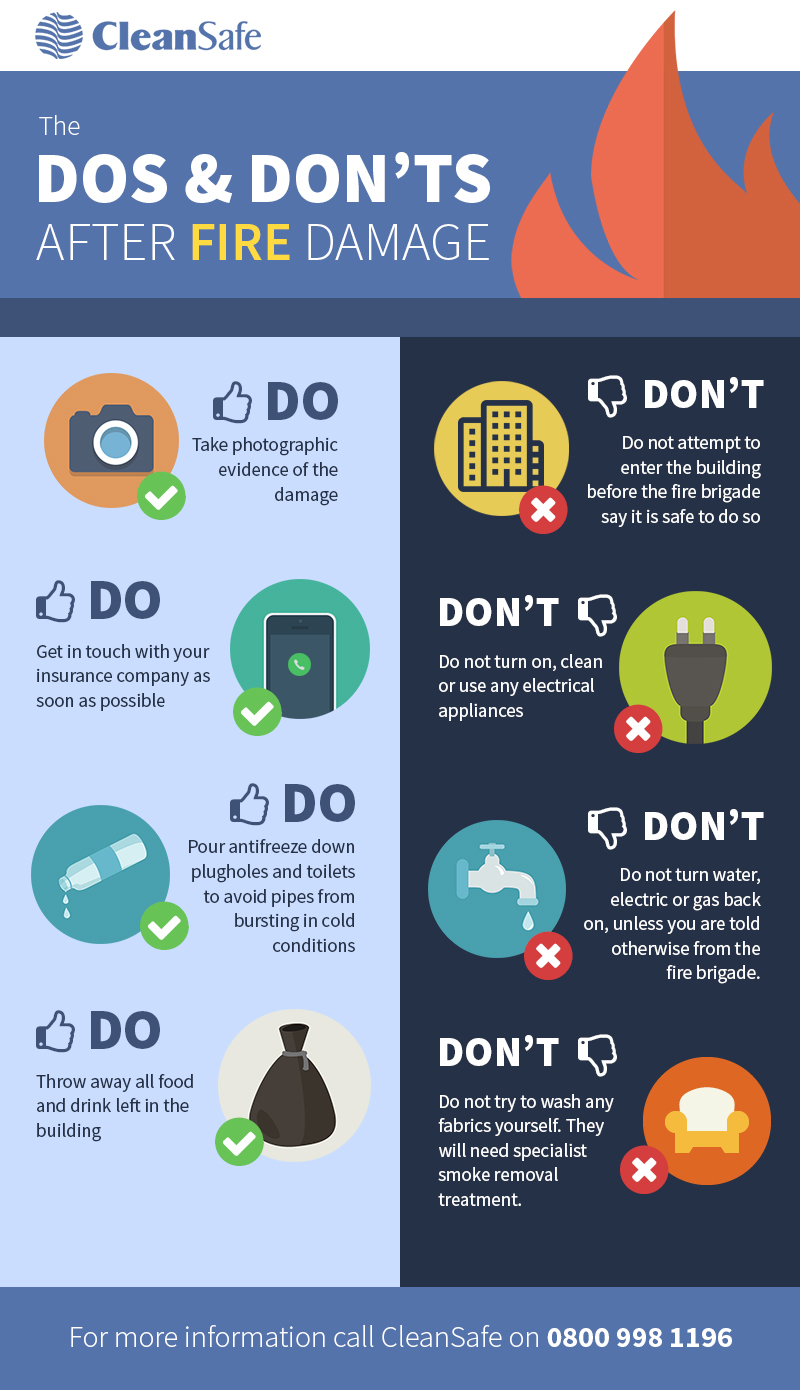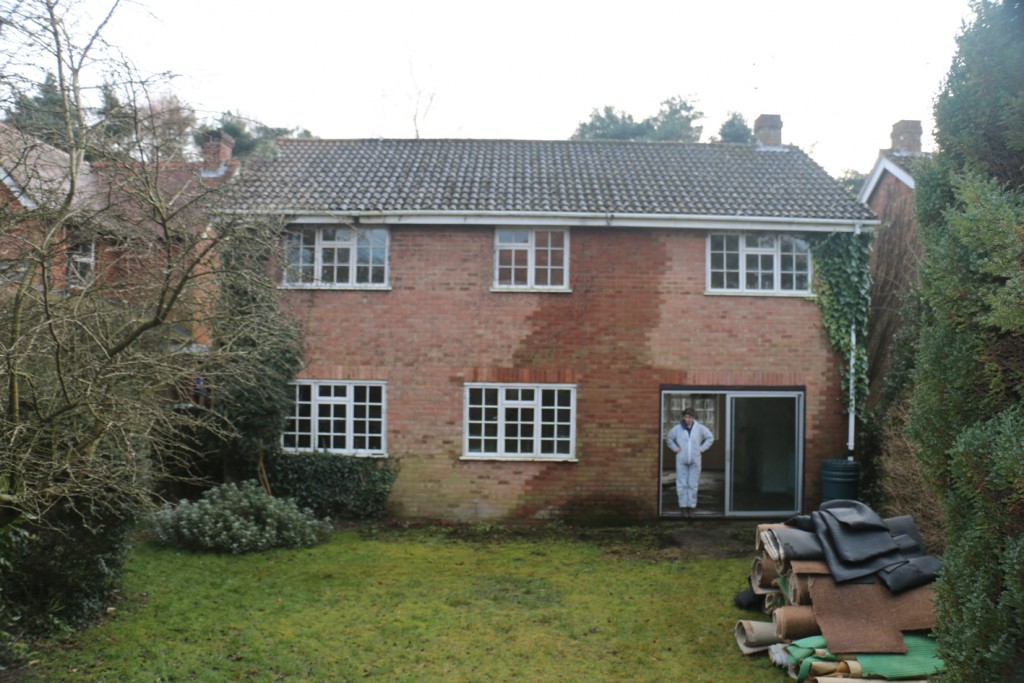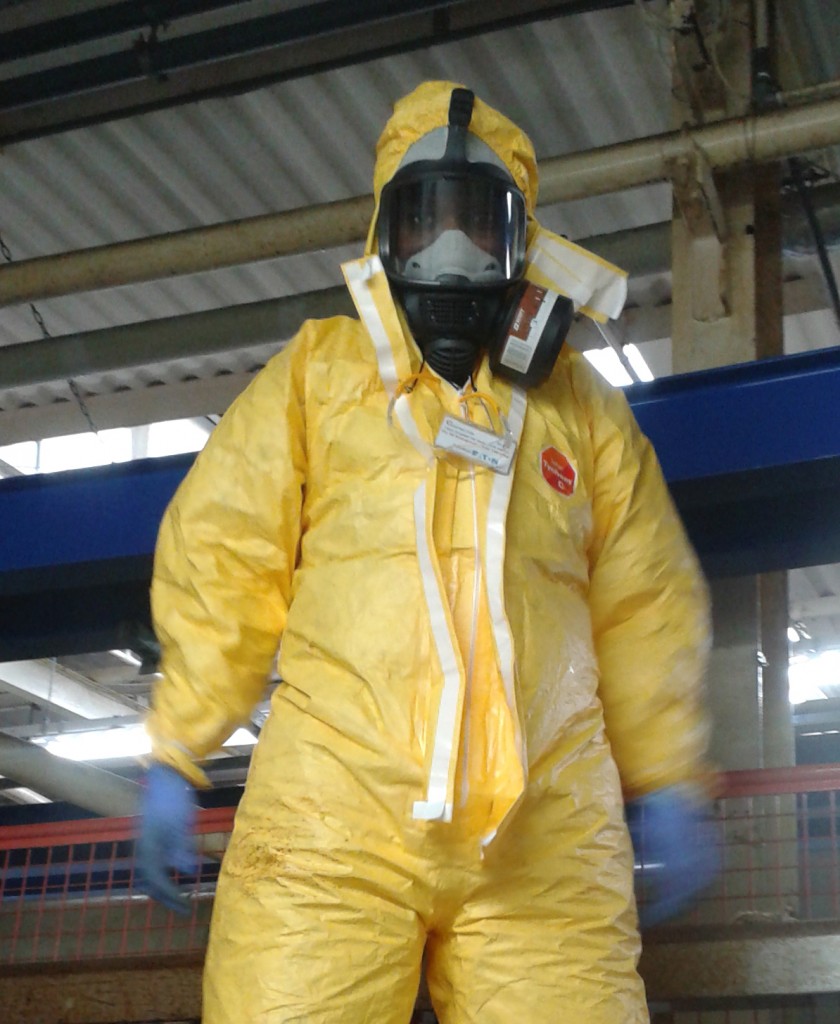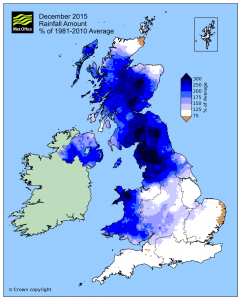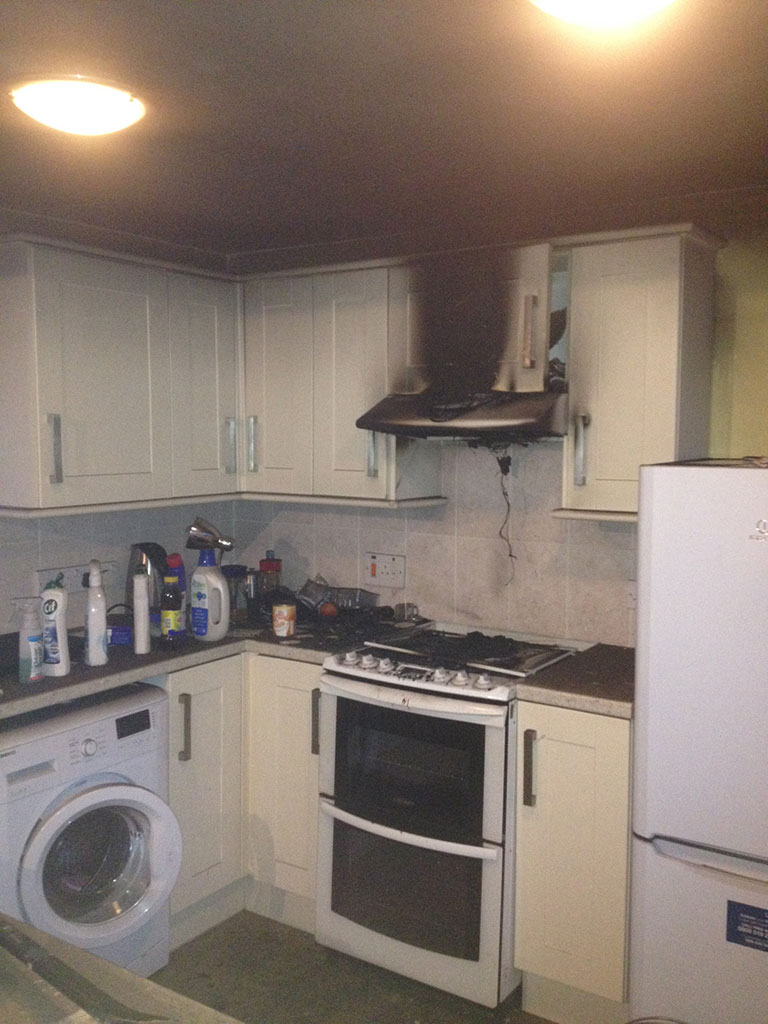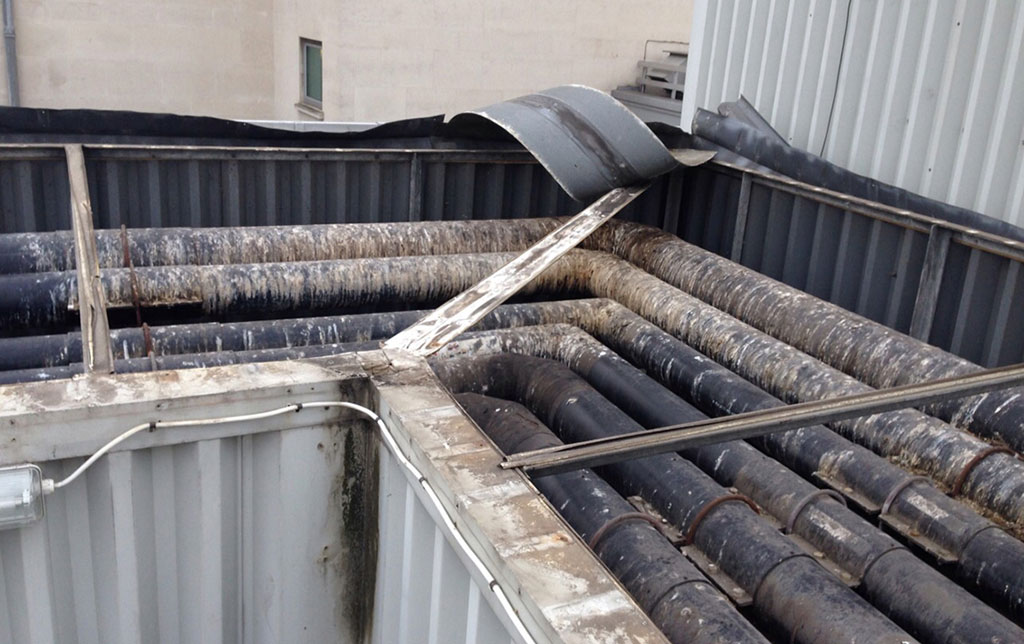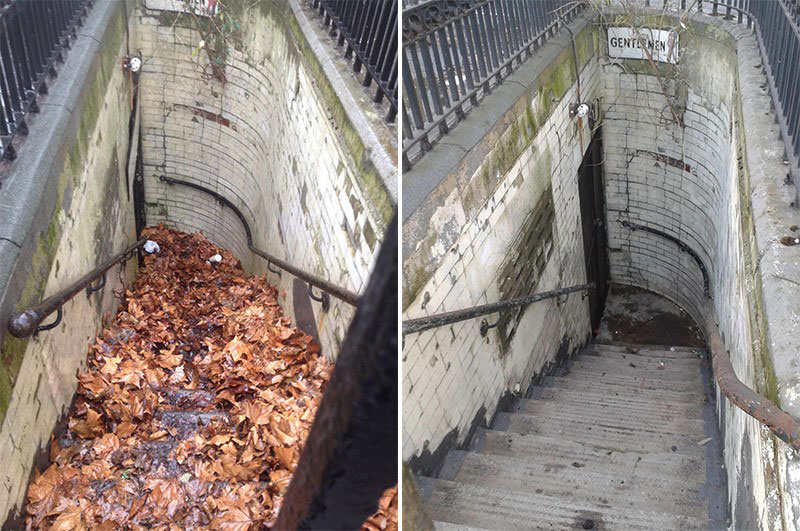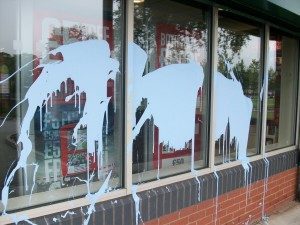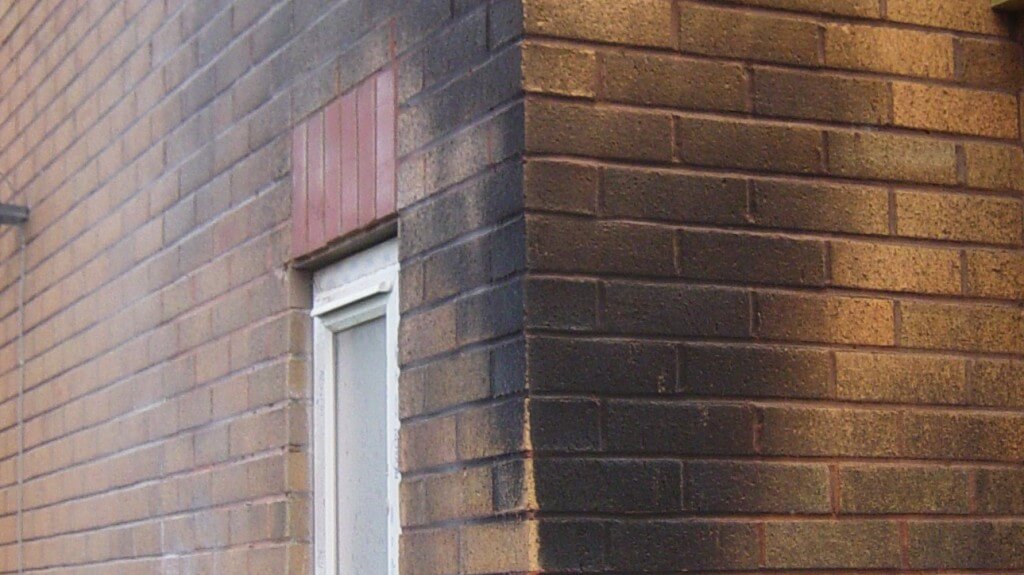After a catastrophic accident of fire or flood, there is a window of opportunity for clean-up and recovery of your prized possessions to pristine conditions. Moving fast is critical.
Fire
In addition to the damage caused by the actual heat & flames of a fire, fires usually contain hundreds of noxious chemicals which can saturate the items within the structure as well as the structure itself.
This smell is unpleasant for anyone of course, but is especially unbearable for anyone who has recently experienced a fire because it will often immediately trigger a powerful recollection of the tragedy.
That is why it is important to remove all of the odour-causing particles from clothing and other fabric items retrieved from a smoke and fire damaged building. An important way in which fabric restoration specialists differ from retail cleaners is that while the latter will charge for any attempts at cleaning – whether successful or not – certain restoration specialists will only charge for their services if they are successful in restoring the items to their pre-loss condition or better.
Here are 5 tips for cleaning up after the unthinkable.
- The sad fact is that after a fire some items or building components will simply not be salvageable. You must get rid of these badly burned or charred items by throwing them away, and permitting demolishment of the portions of the home that are beyond repair, which will also help the psychological healing process from such a trauma.
- Fabric items, such as curtains or furniture upholstery should be vacuumed with an extremely strong suction mechanism. Choose carefully, as certain types of vacuum cleaner (e.g. those with a beater bar) will only compound the problem. forcing soot and the smell of smoke into the fabric even further.
- Odors on wooden or drywall surfaces can be sealed in by quickly repainting.
- Hard surfaces, such as tile, glass or metal do not tend to absorb odours long term. They can be wiped free of residue (soot & grime) with paper towels and spray cleansers.
- Porous building materials within the house (e.g. brick, masonry, drywall) should be sprayed with a specialised de-greasing cleanser. You can use a chemical sponge (available from local hardware stores) to wipe such surfaces.
Flood damage
In addition to the obvious harm caused to dry clean only garments and textiles by immersion (prolonged or short) even fabric items that are intended for machine washing can be damaged by the effects of a flood.
Damage can include colours becoming faded or otherwise altered within a particular article of clothing, dye transfer (bleeding) between articles, and the distortion of fabric that causes it to become rough and/or twisted.
The key to successful restoration after a flood is that the situation be responded to and dealt with immediately. The longer items are left submerged, the greater the likelihood that the damage will render the items non re-storable.
Some tips to help you with your restoration:
- As soon as possible, remove as much excess water as you can by mopping the area or using a wet/dry vacuum.
- Wipe as much excess water from wood furniture as you can and remove tabletop lamps and other items from the furniture.
- Place plastic or aluminum foil under any wooden furniture legs to prevent further damage e.g. discoloration.
- If the flood damage is on an upstairs floor, punch tiny holes in the ceiling undeneath to relieve trapped water (making sure you have a container for collection underneath).
- Immediately turn off all electrical appliances in any flooded area, at the fusebox in case of wall socket water damage.
- If you possess it, turn your air conditioning on for maximum drying in the summer and open the windows in the winter to release trapped air.
- Remove any artwork and paintings from the walls if affected, or simply to remove from the cleanup area.
- Remove any rugs from the affected area and hang up to dry outside.
- Long term, you should also be on the lookout for growth of mould, mildew, unpleasant odours.


